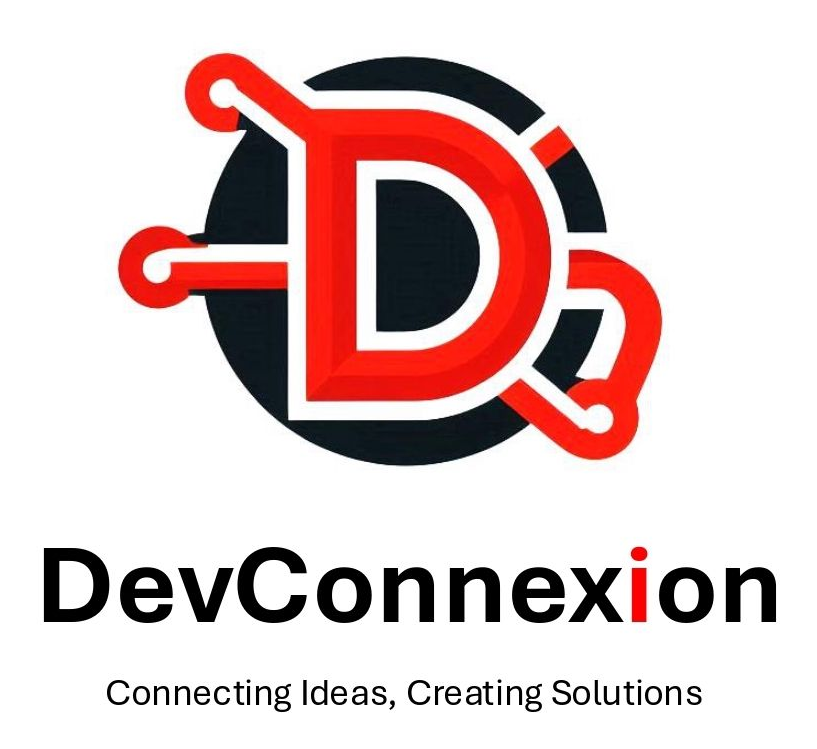Effective Adoption of Agentic AI Starts with Governance
Imagine rolling out a fleet of smart assistants across your organization. AI agents autonomously managing workflows, anticipating decisions, and executing multi-step tasks. Yet, instead of liberating your teams, you end up facing “agent sprawl,” chaotic actions, and ethical missteps. The secret to avoiding this and unlocking real strategic value lies not in more powerful AI agents, but in rigorous Governance.
Governance is not a boring bureaucratic layer. Rather, it’s the trust engine, the risk guardrail, and the scale enabler. When it comes to agentic AI, governance is the foundation that ensures value creation and prevents chaos.
Why Governance Matters
From Gen AI to Agentic AI
Many organizations have adopted generative AI tools, yet a large percentage struggle to show real bottom-line impact. Horizontal tools (like chatbots) are easy to scale but deliver diffuse benefits, while vertical use cases remain stuck in pilot mode. The pivot lies in agentic AI—autonomous, proactive agents that rewire workflows rather than simply support them. Scaling these agents responsibly, however, requires governance to prevent uncontrolled autonomy and sprawl.
Governance as Value, Not Just Risk Mitigation
Strong governance isn’t just about managing risk. It drives adoption, builds trust, and creates measurable outcomes. By embedding governance into AI initiatives, organizations can align new technology with business priorities, define accountability, and establish the guardrails that allow innovation to thrive.
Architecture with Governance Built-In
Leading companies are adopting an Agentic AI mesh—a modular and governable architecture that balances flexibility with control. This approach allows organizations to: - Build autonomy with guardrails - Track, control, and audit agents centrally - Avoid vendor lock-in with composable, neutral components
A Real-World Example
One global bank redesigned its credit memo workflow using AI agents. Agents extracted data, drafted memo sections, prioritized reviews, and suggested follow-up questions. The result? A 20–60% boost in productivity and a 30% faster turnaround. This success was possible because governance was embedded into the rollout: human oversight, clear ownership, and transparent decision paths.
Governance in Action
Without governance, AI adoption risks failure. Many projects stall or collapse due to unclear value, hype, or lack of oversight. By contrast, industries with high stakes—such as life sciences—demonstrate how governance unlocks scale. In pharma and medtech, AI agents could augment or automate up to 85% of workflows. Yet, the only way to do this safely is by embedding human oversight, clear policies, and regulatory guardrails.
Steps for Governance-First Adoption
- Executive Sponsorship & Ownership – Define clear accountability for AI governance, ideally led by both business and governance leaders.
- Workflow Redesign – Identify high-value workflows where agents can transform, not just accelerate, existing processes.
- Governable Architectures – Build modular, observable systems with governance at the core.
- Pilot with Feedback Loops – Start with small, high-impact use cases that include human oversight and performance monitoring.
- Scale with Trust – Use governance mechanisms to train, monitor, and earn stakeholder trust.
- Avoid “Agent Washing” – Be cautious of solutions branded as “agentic” without real autonomy or governance capabilities.
In essence, adopting agentic AI without governance is like releasing drones without air traffic control—it may start with excitement, but chaos quickly follows. Governance isn’t an add-on; it’s the launchpad for sustainable, scalable AI adoption. Done right, it transforms agentic AI from flashy pilots into foundational capabilities that drive measurable business impact.




